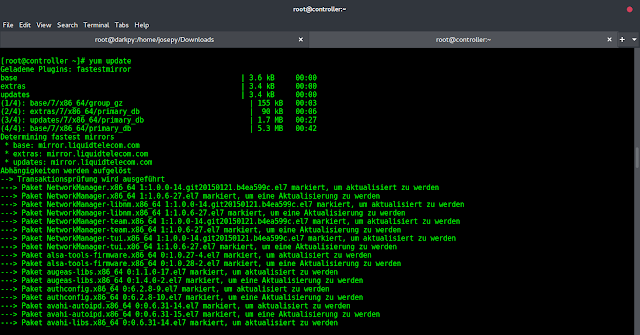Not so much these days — the Pixel 9 lineup was probably the biggest year-to-year change in 2024, and it’s still immediately recognizable as a Pixel. But luckily, we didn’t lose everything in this shift to gradual, incremental changes in our smartphones. Perhaps realizing that most smartphone users won’t want to spend upwards of a grand every 12 months, companies like Samsung and Google have gotten serious about software support. Like, really serious.
In 2025, the most popular Android devices will all arrive with far-reaching periods of software support, a huge upgrade even compared to a few years ago. Google and Samsung both offer seven years of OS and security upgrades on several of their phones, a move that first arrived with the Pixel 8 and Galaxy S24, respectively. Google’s actually gone one step farther, extending OS support for nearly every Tensor-powered Pixel device, with the sole exception of the half-forgotten, half-disrespected Pixel Tablet (sorry, Pixel Tablet owners).
Just a few years ago, the concept of seven years of full OS support — not to mention extending support for older phones — was completely foreign in the world of Android. Hell, I remember being excited about Samsung’s four-year OS upgrade policy, which arrived three years ago alongside the Galaxy S22. While the Galaxy S24 Ultra was more expensive at launch than the S22 Ultra two years prior (and the S25 Ultra might come with yet another price increase), if you consider its timeline of support has nearly doubled, you’re getting a lot more out of your phone for not all that much more cash. Not bad.
Nearly three years ago, I asked AP readers how long they would hold onto their current smartphone in a world where Android updates were guaranteed in perpetuity. It was, obviously, a simple thought experiment, with over 25 percent of respondents choosing five years as their preferred lifespan. These days, five years of OS support isn’t just a possibility — for many of us, it’s the real deal, with the option to go even longer into the future if you’re not ready to upgrade.
So, let’s remove the hypothetical in this situation. How long are you planning to keep your current smartphone? Obviously, everyone’s current OS support policy will differ, with Pixel and Galaxy users likely leading the charge. Are you still planning on upgrading within two years from your initial purchase? Are you holding onto your phone for the maximum amount of time? Or are you planning on doing something in between?
It’s a decision with no real right answer, but as 2025 kicks off in style — with several new flagships ready to launch in the coming months — I’m curious where people are falling on their timeline. And feel free to expand on your thoughts in the comments if these poll options don’t fit your plans.


